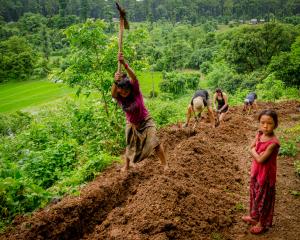The World Day Against Child Labour, observed yearly on June 12, encourages conversation and consciousness around the injustice of child labour. It prompts governments and other institutions to review or adopt steps that can be taken to eliminate Child Labour around us. Some children around the world are engaged in paid and unpaid forms of work that are not harmful to them and can be regarded as being positive. The term child labour refers to work that deprives children of their childhood, their potential and their dignity, and is harmful to physical and mental development and interferes with their schooling.
Across the world, around 152 million children are victims of child labour; almost half of them, 73 million, work in hazardous conditions. This is most prevalent among the 15-17 years old but up to a fourth of all hazardous child labour (19 million) is done by children less than 12 years old. Child labour is concentrated primarily in agriculture (71%), which includes fishing, forestry, livestock herding and aquaculture, and comprises both subsistence and commercial farming; 17% in services; and 12% in the industrial sector, including mining (source ILO.org).
At LUPC, we demonstrate our commitment to carrying out procurement activities in a responsible manner with our Sustain Supply Chain Code of Conduct. Current and potential suppliers have been asked to acknowledge their compliance with the principles of the Code for their organisation and their supply chain. We make explicit the need for suppliers to comply with the minimum age for employment. If a case of child labour is found, suppliers are asked to support the child and to promote the abolition of child labour.
We assess suppliers by asking how they put into practice the principles of the Ethical Trading Initiative Base Code and how they ensure the Base Code is implemented across supply chains. The ETI Base Code is based on International Labour Organization conventions, it contains nine clauses and one of them refers to the prohibition of child labour.
For this year’s World Day Against Child Labour, the ILO and UNICEF have released a paper on the impact of COVID-19 on child labour. For more information, visit the ILO website.



